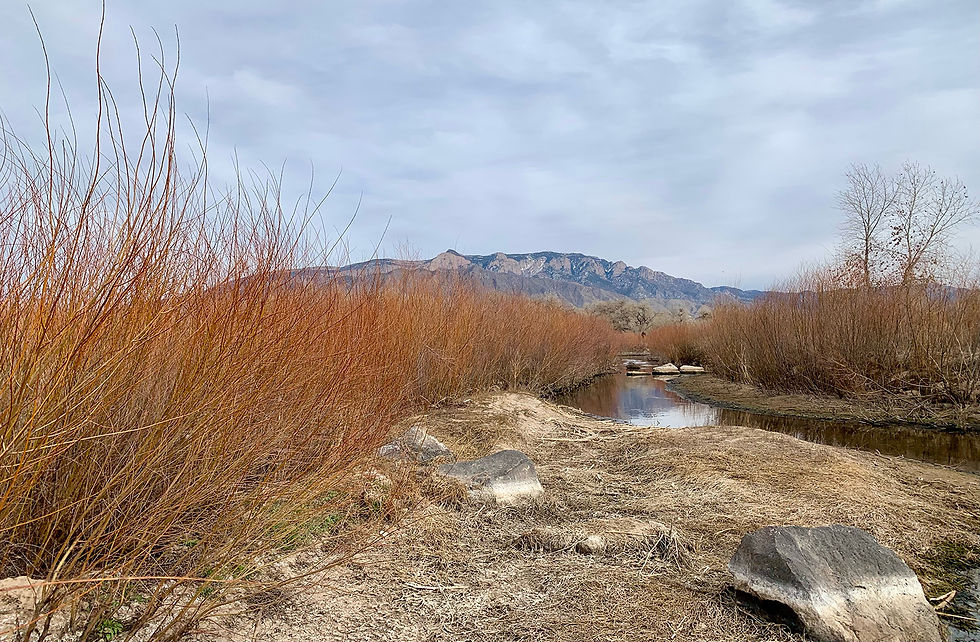Borderlands Nursery & Seed Represents BRN at the 2024 Land and Water Summit in Albuquerque!
- Perin McNelis
- Mar 25, 2024
- 2 min read
Borderlands Restoration Network (BRN)'s Native Plant Program was thrilled to be included in the 2024 Land and Water Summit in New Mexico in March. This conference was developed to bring together design professionals, restoration practitioners, agencies, farmers, artists, teachers, hydrologists, ranchers, climatologists, wildlife advocates, homeowners, and policymakers to find sustainable ways to protect the southwest region's water and natural resources.
The event is hosted by Ciudad Soil & Water Conservation District, a political subdivision of New Mexico that promotes the conservation, improvement, and responsible use of natural resources on rural and urban lands in New Mexico. The event included a field trip to various project sites in Bernalillo County, two days of presentations, facilitated discussions at the Indian Pueblo Cultural Center in Old Town Albuquerque, and plenty of networking opportunities.

BRN's Native Plant Program Manager, Perin McNelis, was a featured speaker and presented our organization's work with watershed restoration and native seed revegetation to an enthusiastic audience. It was expansive to engage with neighboring communities in the arid southwest that face similar ecological challenges and exchange methods for addressing these challenges. It is always eye-opening to get together with folks in varying overlapping fields to share our respective successes and failures that inform our adaptive management strategies in a mutually supportive environment.

Perin left feeling inspired after learning about all the excellent work happening in Arizona and New Mexico related to water conservation, green stormwater infrastructure, climate resilience planning, and more. Perin was particularly excited by projects merging research and practice and concerns about equity with environmental concerns. Most of all, it was a wonderful opportunity to get people excited about native seeds and their critical role in ecosystem recovery!



